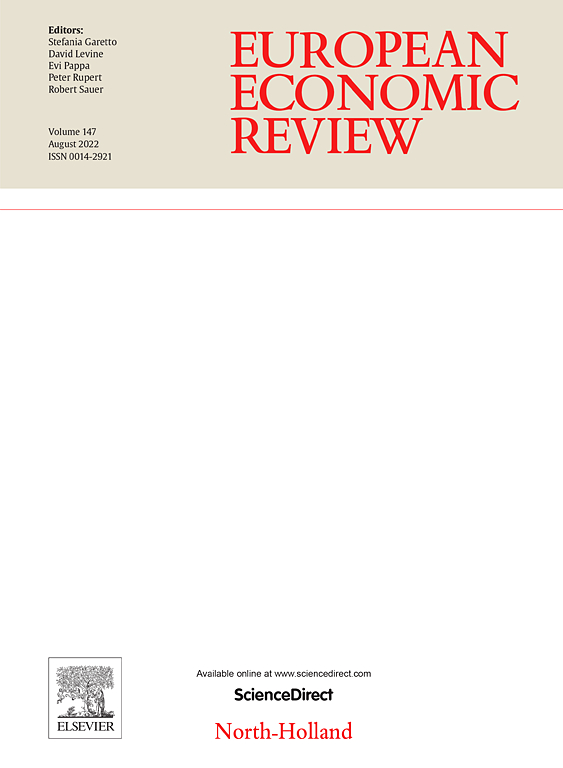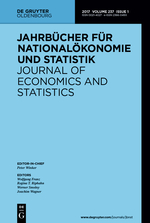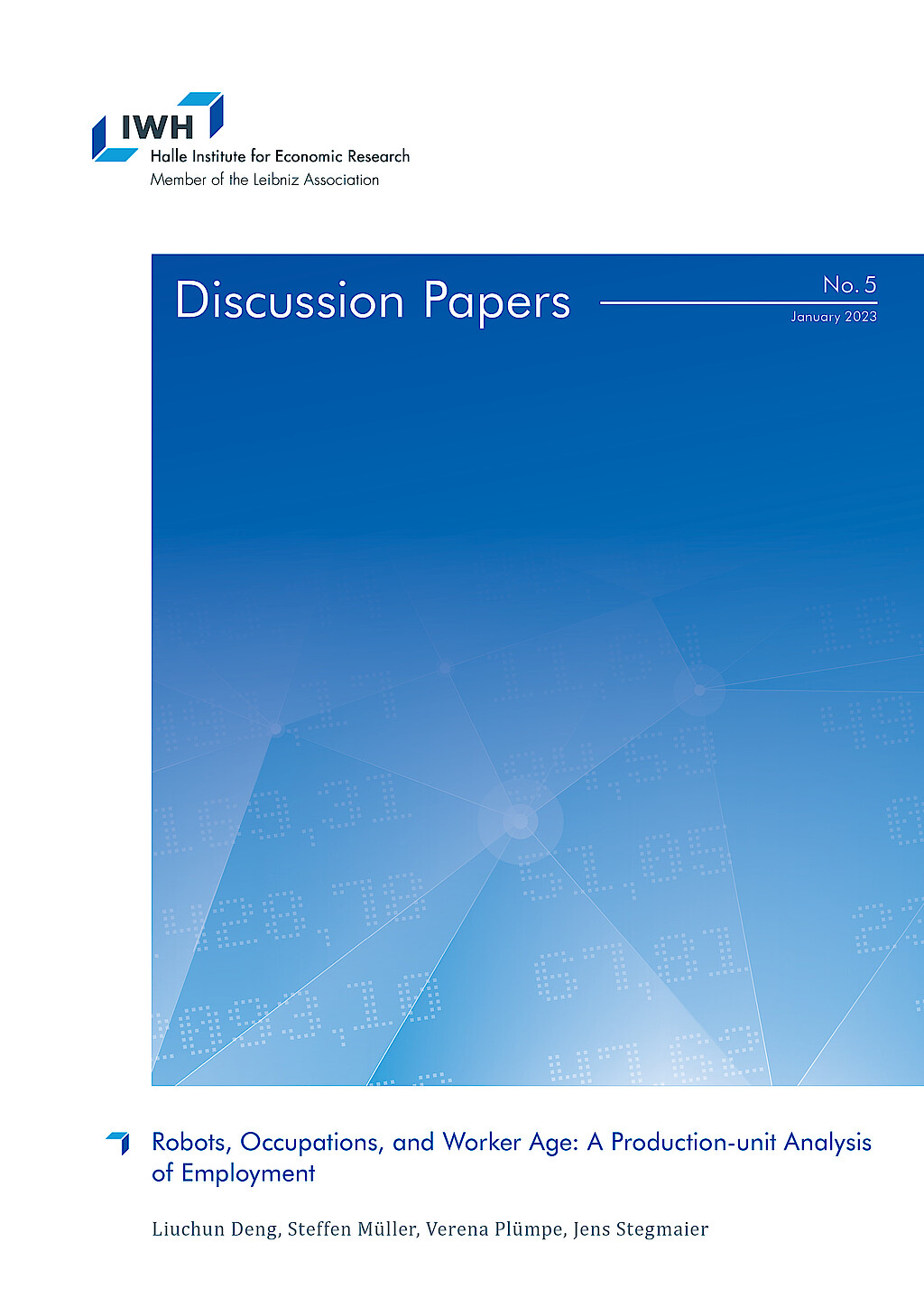Dr Verena Plümpe

Current Position
since 1/25
Economist at the Centre for Business and Productivity Dynamics (IWH-CBPD)
Halle Institute for Economic Research (IWH) – Member of the Leibniz Association
Research Interests
- technological change
- empirical labour economics
- empirical productivity research
- structural change
Verena Plümpe joined the institute in 2019 and the Centre for Business and Productivity Dynamics (IWH-CBPD) in January 2025. Her research focuses on technological change and labour markets, empirical labour economics, empirical productivity research, and structural change.
Verena Plümpe received her bachelor's degree from Humboldt-Universität zu Berlin and her master's degree from Leipzig University. She completed her doctorate at the Otto von Guericke University Magdeburg.







